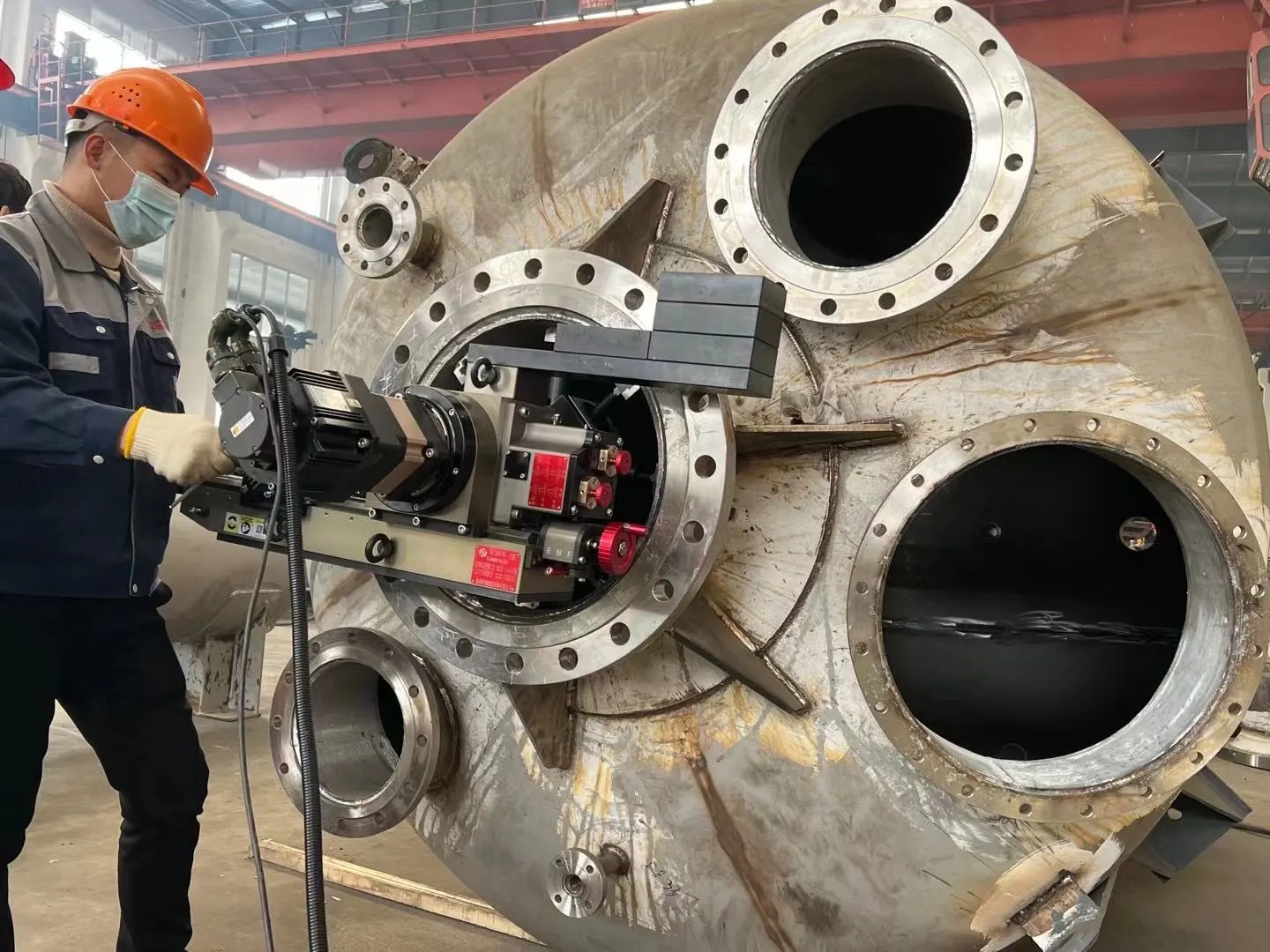Производители всех видов промышленной продукции прилагают большие усилия, продвигая характеристики и преимущества своей продукции на своих веб-сайтах. Но многие из них не предлагают никаких реальных рекомендаций по выбору подходящей машины для нужд каждого отдельного клиента. Чтобы помочь вам, мы с радостью предоставим руководство для тех, кто хочет узнать больше о продукции для отбортовки фланцев. Включены ответы на некоторые из наиболее распространенных вопросов, с которыми сталкивается наша техническая команда по продажам.
Мы разделили статью на разделы «Основы для начинающих», «Применение», «Выбор станка для обработки фланцев» и «Как работать на станке для обработки фланцев».
РАЗДЕЛ 1: ОСНОВЫ ДЛЯ НАЧИНАЮЩИХ
Если вы новичок в обработке фланцев. Вот ответы на некоторые из наиболее основных вопросов;
Зачем вам нужны станки для обработки фланцев?
Хотя фланцы с обработанными поверхностями производятся серийно, во время транспортировки и установки может произойти повреждение поверхности фланца. Это приводит к появлению царапин и вмятин на уплотнительной поверхности. Такое повреждение нарушает целостность соединения, что может привести к катастрофическим последствиям. Даже после ввода трубопроводов в эксплуатацию целостность соединения может быть нарушена коррозией внутри соединения. В этом случае фланец будет нуждаться в частой замене и может быть удален с помощью разделительной рамки/резака-ракушки.
В каких основных отраслях промышленности используются станки для обработки фланцев?
Сюда входят нефтехимические и фармацевтические заводы, нефтяные скважины, трубопроводы и электростанции.
Как работают торцовочные станки?
Они работают примерно как проигрыватель граммофона, при этом режущий инструмент движется по спирали по поверхности фланца. Такая отделка обычно применяется для фланцев в нефтегазовой промышленности, где материал прокладки сжимается для заполнения спиральной канавки. Фланец с поверхностью со спиральной канавкой менее склонен к утечке, поскольку газ или жидкость вынуждены проходить по длинной спиральной траектории, а не по поверхности фланца.
Как они работают?
Стандартным методом является пневматический, однако на многих машинах этой серии в качестве опции могут быть предусмотрены гидравлические версии.
Как узнать, требуется ли обработка поверхности фланца?
Мы рекомендуем вам прочитать нашу предыдущую статью в блоге, в которой есть раздел о том, что ASME считает приемлемым повреждением фланца.
РАЗДЕЛ 2: ПРИМЕНЕНИЕ МАШИНЫ ДЛЯ ОБРАБОТКИ ФЛАНЦЕВ
Фланцы с выступом, фланцы теплообменников, фланцы Techlok, утопленные прокладки и шейки, подготовка под сварку, шлицы ступиц, фланцы RTJ, линзовые кольцевые соединения, компактные фланцы SPO, вращающиеся кольцевые фланцы.
Примечание: для запуска некоторых из вышеперечисленных приложений вам потребуются дополнительные опции и аксессуары.
Какие опции и аксессуары доступны?
Дополнительные компоненты для расширения возможностей станка для обработки фланцев включают в себя:
- Компактный комплект для обработки фланцев для модернизации вашего существующего станка для обработки фланцев. В качестве альтернативы вы можете указать специальный компактный станок для обработки фланцев при заказе.
- Набор для поворота вала/шарнира
- Монтажный комплект теплообменника
- Комплект задней крышки теплообменника
- Комплект для обработки колец линз
- Комплект для орбитального фрезерования заменяет одноточечный держатель инструмента на фрезерную головку.
- Гидравлический комплект для переоборудования – для переоборудования пневматической машины в гидравлический привод.
Может ли станок для обработки фланцев работать под водой?
Да, но он должен иметь гидравлический привод.
РАЗДЕЛ 3: ВЫБОР СТАНКА ДЛЯ ОБРАБОТКИ ФЛАНЦЕВ
Какой размер машины мне нужен?
Существует множество машин для подготовки фланцев разных размеров, например, машины меньшего размера могут использоваться для фланцев от 2″ до 12″, а машины большего размера охватывают размеры от 45″ до 120″. Кроме того, MM1080ie — это уникальная конструкция, которая может монтироваться внутри или снаружи и использоваться для обработки фланцев диаметром от 0″ до 157″.
Какой станок для фрезерования фланцев выбрать: с гидравлическим или пневматическим приводом?
Это зависит от наличия авиалинии в месте вашего проекта. Пневматические машины являются наиболее распространенным типом фланцевых строгальных станков, но гидравлические версии могут использоваться с силовым агрегатом в местах, где пневматический вариант невозможен. Хорошей новостью является то, что часто можно преобразовать пневматический станок в гидравлический с помощью комплекта для переоборудования.
Нужен ли мне станок для обработки фланцев с креплением на внутренний или внешний диаметр?
Это зависит от возможности доступа к отверстию во фланце для установки монтажных ножек. Машины с креплением на внутренний диаметр являются наиболее распространенным типом, но версии с креплением на внешний диаметр часто используются, когда доступ к отверстию фланца ограничен.
Каковы наиболее распространенные проблемы с дешевыми станками для подготовки фланцев?
Конечно, цена играет важную роль при выборе приоритетов, но покупка только по цене — ложная бережливость, поскольку, к сожалению, многие дешевые станки для подготовки фланцев недостаточно прочны и просто не справляются с этой задачей. Если станок нестабилен, он может двигаться во время процесса обработки, повреждая фланец и создавая неровную отделку поверхности. Другая проблема заключается в том, что некоторые станки не имеют предустановленных передач. Эти более дешевые станки с переменной подачей могут (теоретически) производить более широкий диапазон отделки, но могут быть непоследовательными и громоздкими в эксплуатации. Выбрав станок с предустановленными скоростями подачи, вы каждый раз будете получать последовательную отделку спиральных канавок.
РАЗДЕЛ 4: ЭКСПЛУАТАЦИЯ МАШИНЫ ДЛЯ ОБРАБОТКИ ФЛАНЦЕВ
Как создать спиральную шестерню?
Обработка поверхности выполняется с помощью фиксированных зубчатых передач, что позволяет соответствовать спецификациям ASME B16.5.
В каких положениях их можно устанавливать?
Машины для обработки фланцев могут быть установлены под любым углом, включая перевернутую ориентацию. Если сборка не горизонтальна, выравнивающий рычаг уравновешивается с помощью регулируемых противовесов.
Как настроить станок для обработки фланцев
Для инструментов обработки фланцев внутренней сборки; Базовый блок предварительно собирается и подводится к фланцу с помощью регулировочных выступов, которые опираются на край поверхности фланца. Затем ножки основания регулируются для зажима в отверстии, и машина крепится к базовому блоку. Положение машины точно регулируется и контролируется с помощью часов. Когда они выровнены, ремни снимаются, и обработка может начинаться.
Сколько времени занимает обработка фланцевой поверхности?
Фактическое время обработки обычно составляет всего несколько минут. Большая часть времени, которое тратится на обработку фланца, уходит на сборку и разборку машины.
Какое техническое обслуживание требуется?
При правильном уходе машина для обработки фланцев прослужит много лет без проблем, каждый раз давая точные и стабильные результаты. Обычно все, что нужно, — это простая очистка, удаление грязи и масел.

